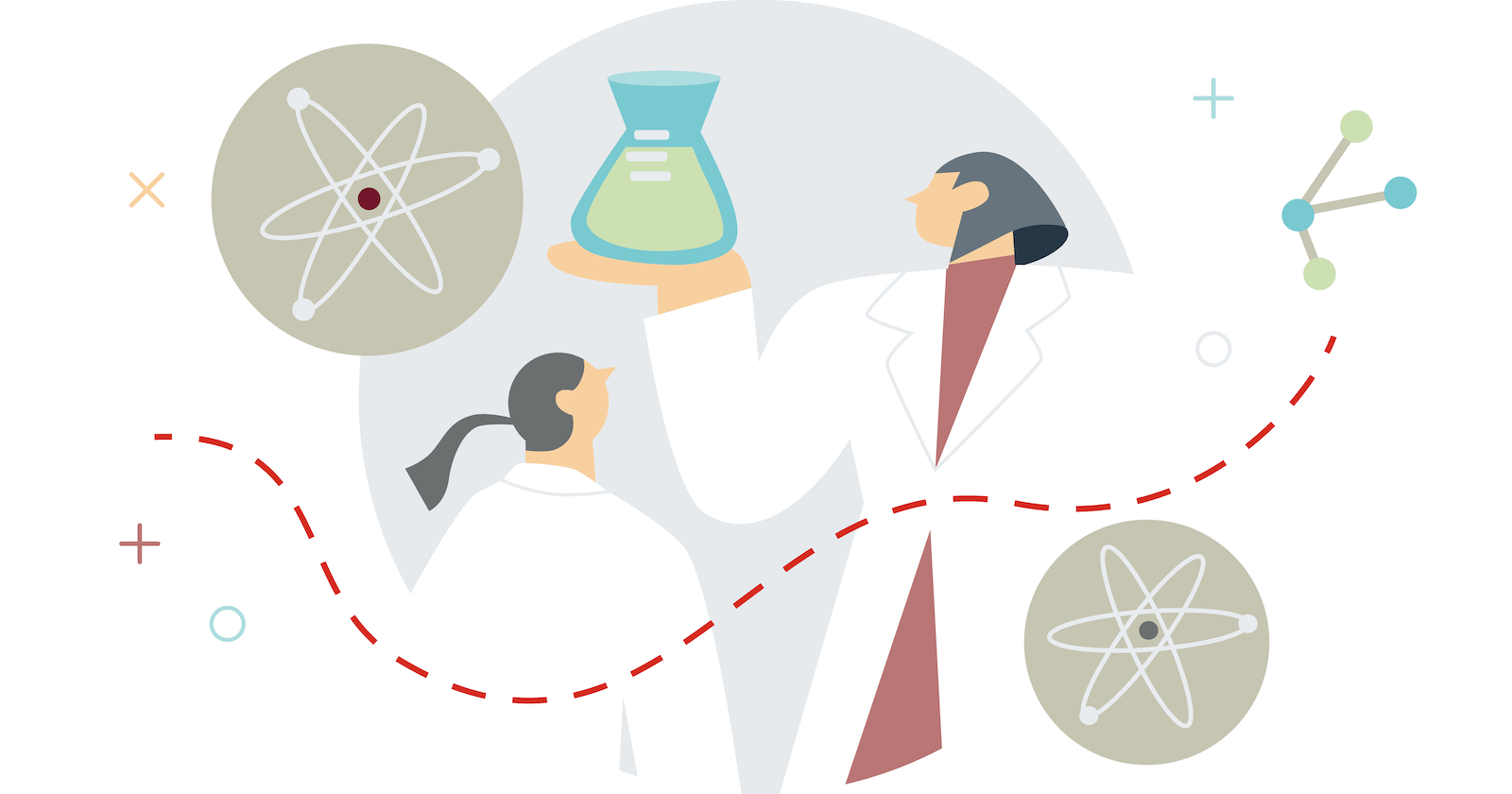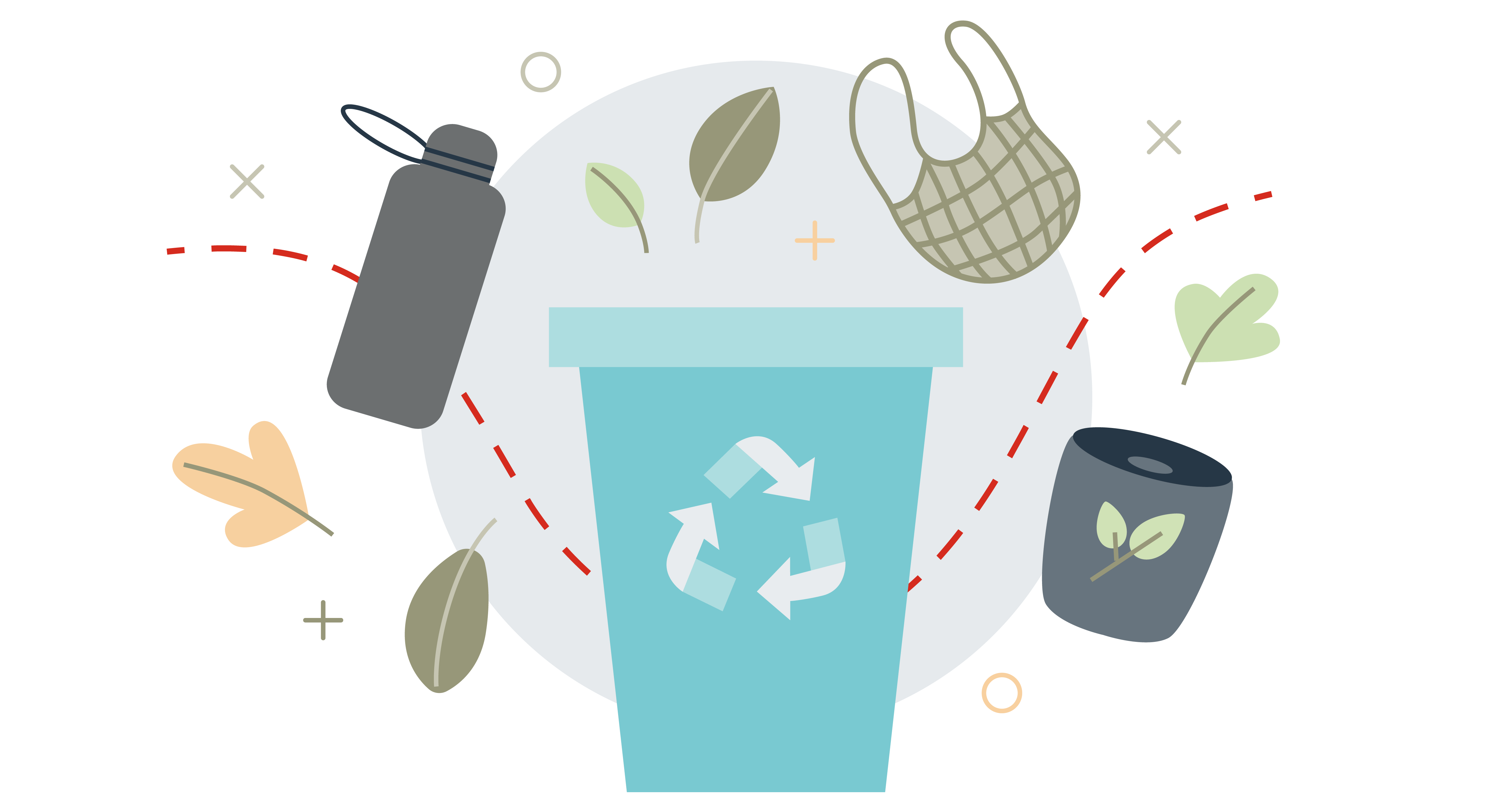Tuesday, September 24, 2024
The presence of women in STEM careers and jobs has been increasing in recent decades, but it is still necessary to continue working to close the gender gap.
By Dalia Alonso
For decades, women scientists have been relegated to working behind the scenes or being "the wife of", as was the case of Marie Curie or Mileva Maric. This invisibilization is known as the Matilda Effect. However, in recent years, the perspective on female researchers has completely changed, and more and more women and girls are deciding to reduce the gender gap present in science, particularly in STEM fields (acronym for science, technology, engineering, and mathematics).
According to the study Female Scientists in Figures, presented in 2023 by the Ministry of Science and Innovation, the percentage of women in research already accounts for 42% of the total, a number that is increasing, and the proportion of women is growing as the research career does. In Spain, according to data from the Female Scientific Voices report from Equipo Europa, the percentage of women employed in R&D has been rising since 2018, now reaching 35%. This positive change has been possible thanks to three fundamental factors: motivation, the efforts to highlight role models, and gender policies.
Motivational work with girls is essential to pave the way for future scientists. Therefore, one of the priorities to continue moving forward is to show girls that they have the same capabilities as their peers. Promoting extracurricular activities related to STEM fields or educating and raising awareness among families and teachers are some of the things that can be done, but perhaps the most important thing is to promote new role models so that girls want to become researchers.
Until recently, many female scientists have been overlooked throughout history. Nowadays, we know that many of them were co-authors of research that involved great advances in science. Rescuing these “forgotten” scientists is just as important as highlighting the figure of current researchers who can become a role model for girls and end the Matilda effect. For example, Mayim Bialik, who in addition to playing the fun scientist Amy in The Big Bang Theory is a neuroscientist and researcher, or biologist Sara García Alonso, the first Spanish woman to be selected by the European Space Agency for their astronaut roster, and who currently gives scientific outreach talks at schools.
With all that, there is still a lot of work to be done. According to a report recently prepared by Esade, the presence of women in scientific and technical fields starts to decrease from high school. When the time comes to enroll in higher education, the presence of women once again declines in certain degrees, such as Telecommunications, with 23%, or Computer Science, with 13%. Something similar happens in Vocational Training, where the amount of female students in STEM cycles does not reach 7%.
What can we do to improve these figures? The answer is clear and firm: gender equality policies that leave no one behind, both in the academic and work environment. Fostering an inclusive work environment that takes gender perspective into account, brings women in STEM fields closer each day to reaching that of... “to infinity and beyond.”
¿Te ha parecido interesante?





